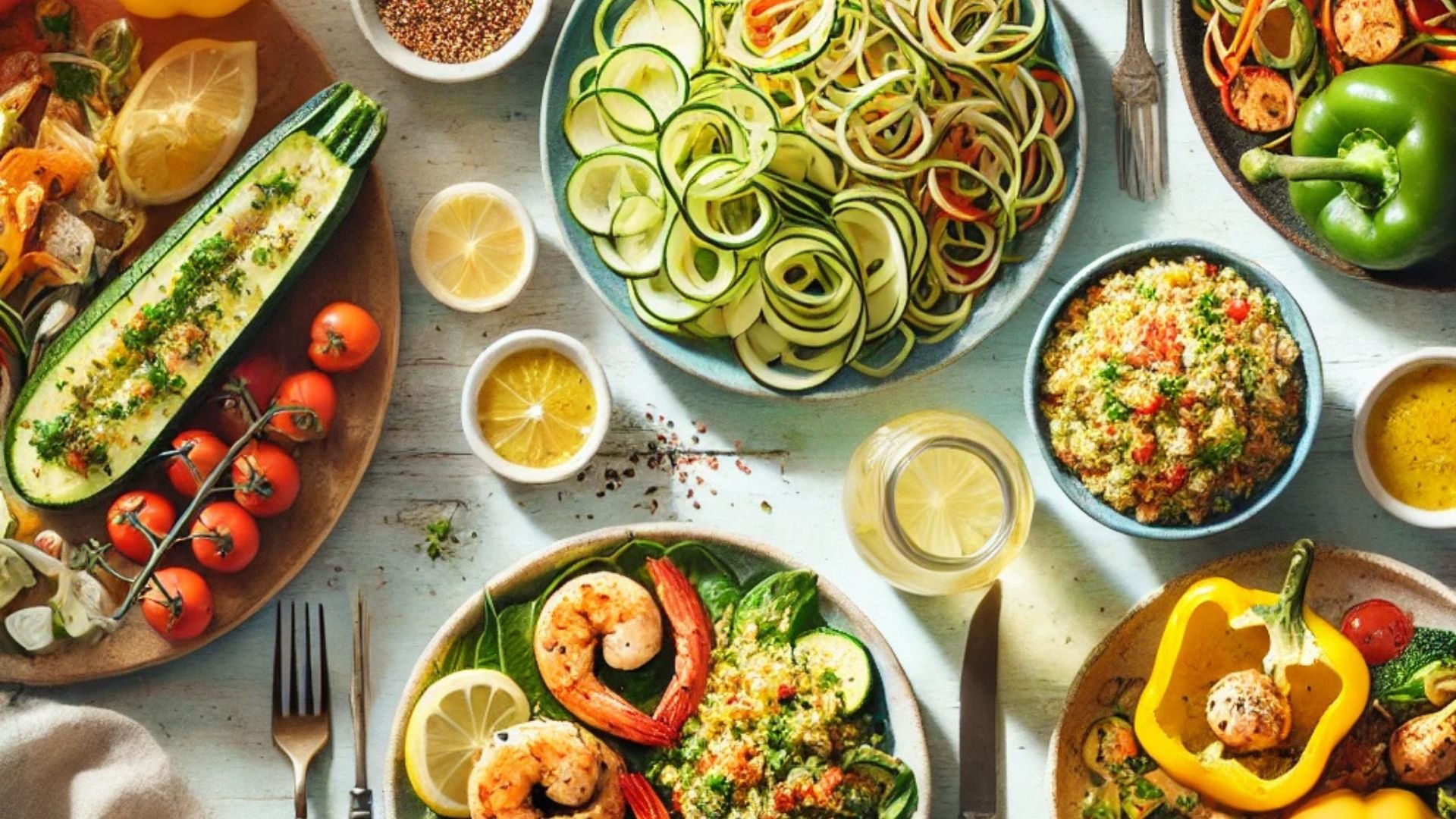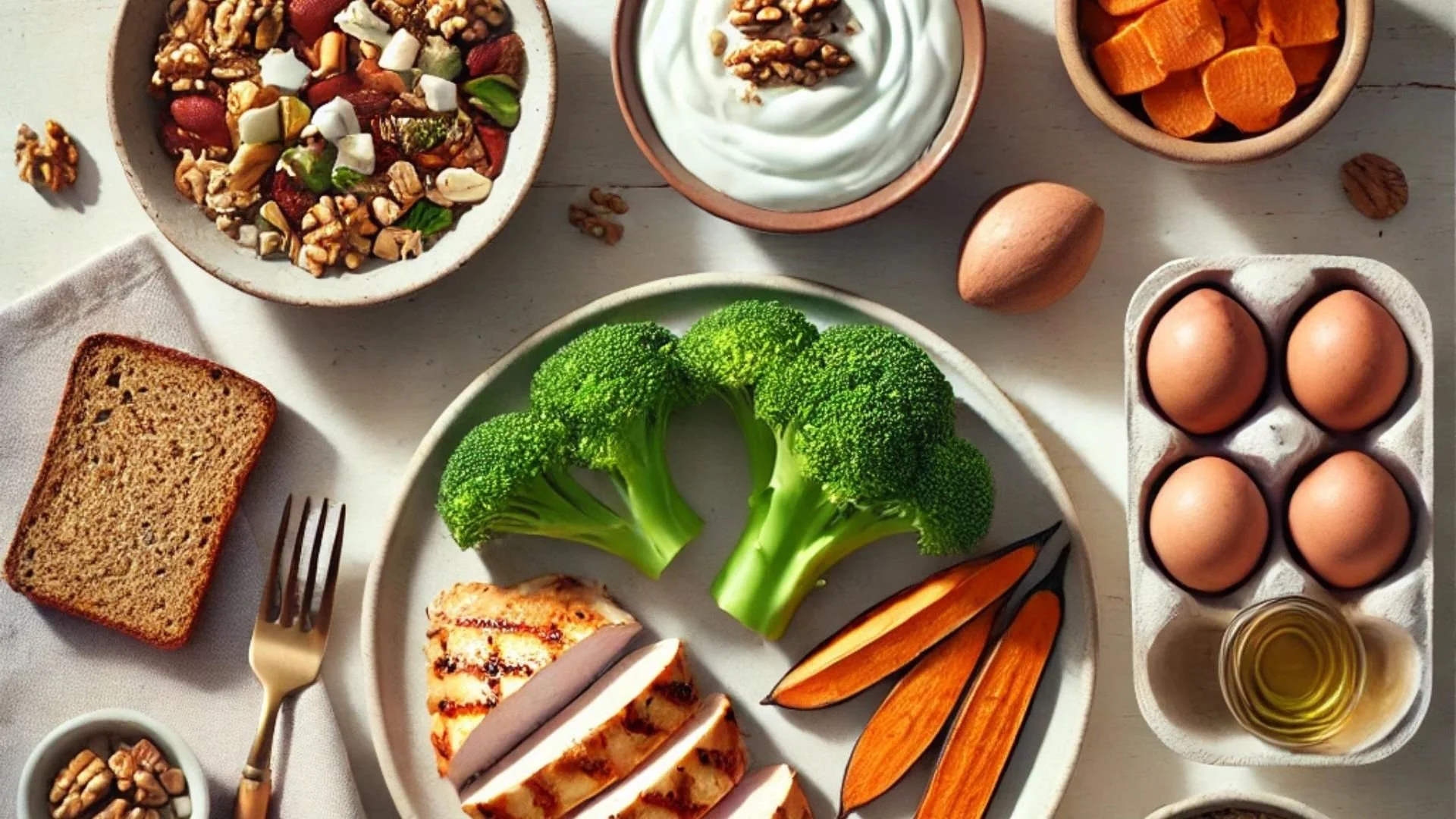12 Quick and Easy Low-Calorie Dinners Perfect for Busy Weeknights
Looking for quick and healthy dinner ideas? Discover 12 easy low-calorie recipes perfect for busy weeknights! From comforting spaghetti squash with turkey meatballs to fresh Greek chicken salad bowls, these dishes are packed with flavor and ready in 30 minutes or less. Save time, stay on track, and enjoy delicious meals without the stress!
How to Plan Your Week: A Step-by-Step Guide to GLP-1 Meal Planning
Struggling to stay on track with your GLP-1 medications? This step-by-step guide to meal planning is here to help! Learn how to assess your needs, create a balanced meal plan, and prep like a pro with practical tips and tools. Whether you’re managing a busy schedule or looking for inspiration, this guide makes healthy eating simple, satisfying, and sustainable. Don’t forget to grab the free GLP-1 meal plan to kickstart your week!
GLP-1 Breakfast Ideas: Start Your Day with High-Protein, High-Fiber Meals
Struggling with breakfast ideas on your GLP-1 journey? This post is packed with high-protein, high-fiber recipes and practical tips to make mornings simple, satisfying, and delicious. From customizable chia puddings to savory avocado toasts, discover how to build balanced breakfasts that fuel your day and support your weight loss goals. Don’t forget to grab my free GLP-1 friendly meal plan for even more inspiration!
The Best Foods for GLP-1 Users: What to Eat (and Avoid) on Your Journey
Discover the best foods to eat and avoid while on GLP-1 medications like Ozempic. This comprehensive guide covers high-protein, high-fiber meal ideas, practical tips for balanced eating, and a sample meal plan to help you maximize results and feel your best. Download your Free 7-Day High-Protein, High-Fiber Meal Plan to start your journey today!
7 Healthy Winter Recipes to Keep You Satisfied and On Track
Staying on track with healthy eating during the winter doesn’t have to mean giving up your favorite cozy meals. In this post, discover seven delicious and satisfying recipes that are packed with protein, fiber, and seasonal flavors to keep you feeling your best all winter long. Plus, grab your Free 7-Day High-Protein, High-Fiber Meal Plan to make healthy eating even easier!
5 Simple Meal Prep Tips to Stay on Track with Your Weight Loss Goals
Struggling to stay on track with your weight loss goals? These 5 simple meal prep tips will save you time, reduce stress, and keep you consistent. From planning your meals to prepping ingredients and choosing the right containers, learn how to make meal prep easy and effective. Plus, grab a free 7-day high-protein, high-fiber meal plan to kickstart your journey!
How to Manage Nausea and Other Common Side Effects of GLP-1 Medications
Struggling with side effects from GLP-1 medications like Ozempic or Wegovy? This guide offers practical tips to manage nausea, bloating, fatigue, and more. Learn how to adjust your routine, incorporate simple remedies, and know when to seek medical help, so you can stay comfortable and focused on your health goals!
10 High-Protein Snack Ideas Perfect for GLP-1 Users
Struggling to find satisfying snacks that fit your weight loss goals? These 10 high-protein snack ideas are perfect for GLP-1 users and anyone looking for quick, easy, and nutritious options. From Greek yogurt parfaits to roasted chickpeas, these snacks will keep you full, energized, and on track. Discover how to make healthy eating simple and delicious!
What Is the GLP-1 Diet? A Beginner’s Guide to Weight Loss with Ozempic and Similar Medications
Discover the GLP-1 diet—a balanced, high-protein, high-fiber approach designed to complement medications like Ozempic and Wegovy for effective, sustainable weight loss. Learn what to eat, what to avoid, and how to create a lifestyle that supports your goals.









